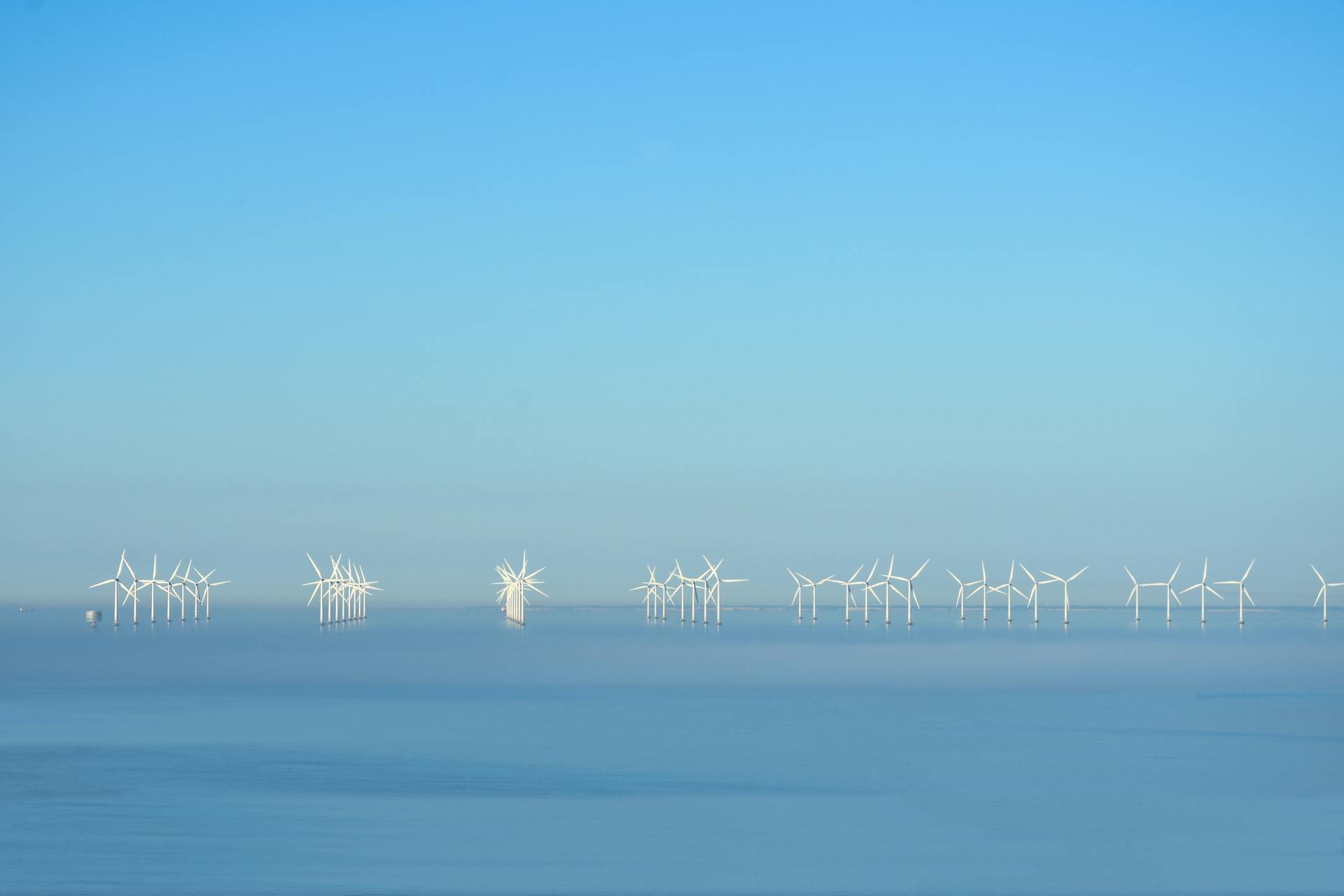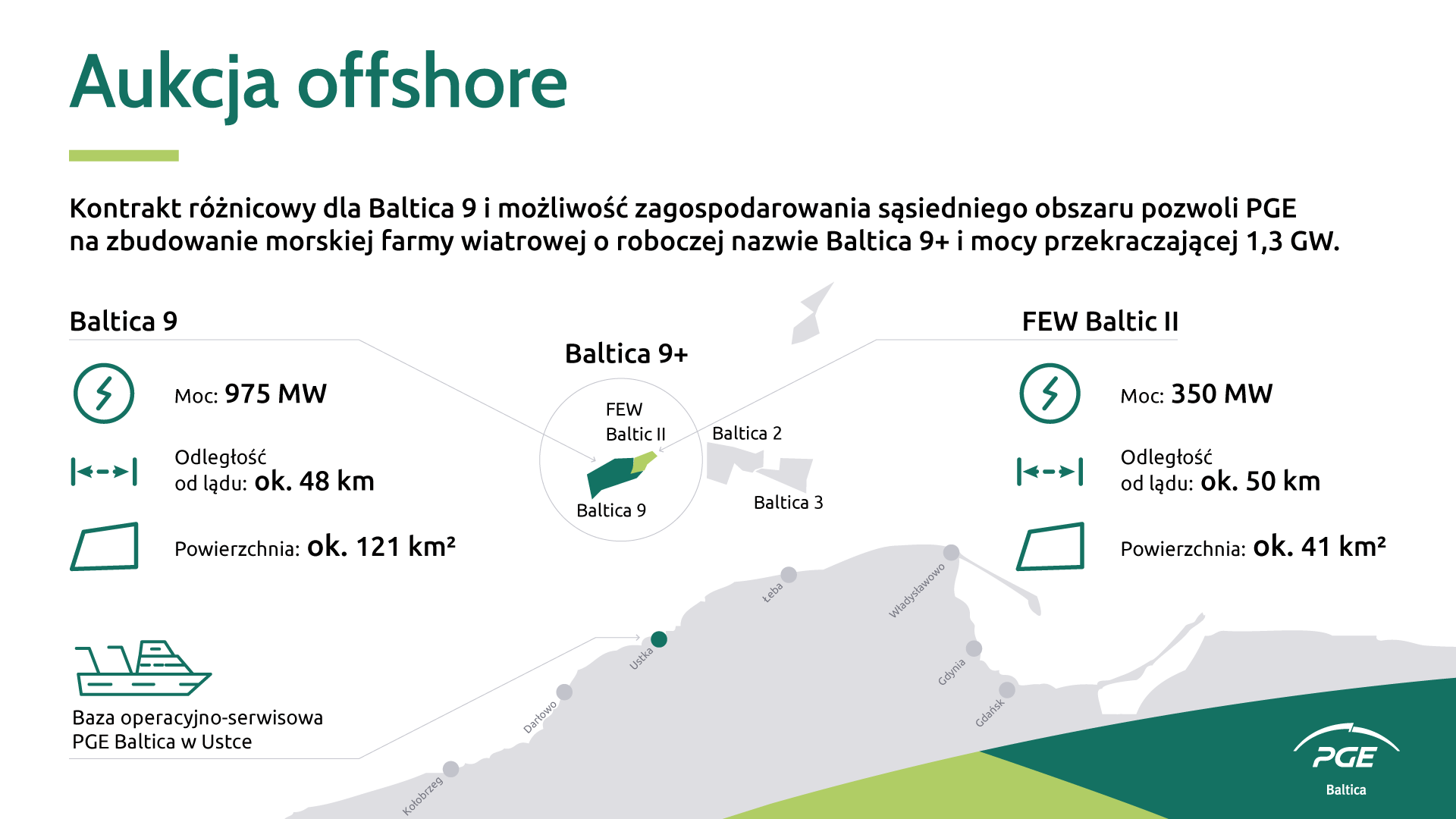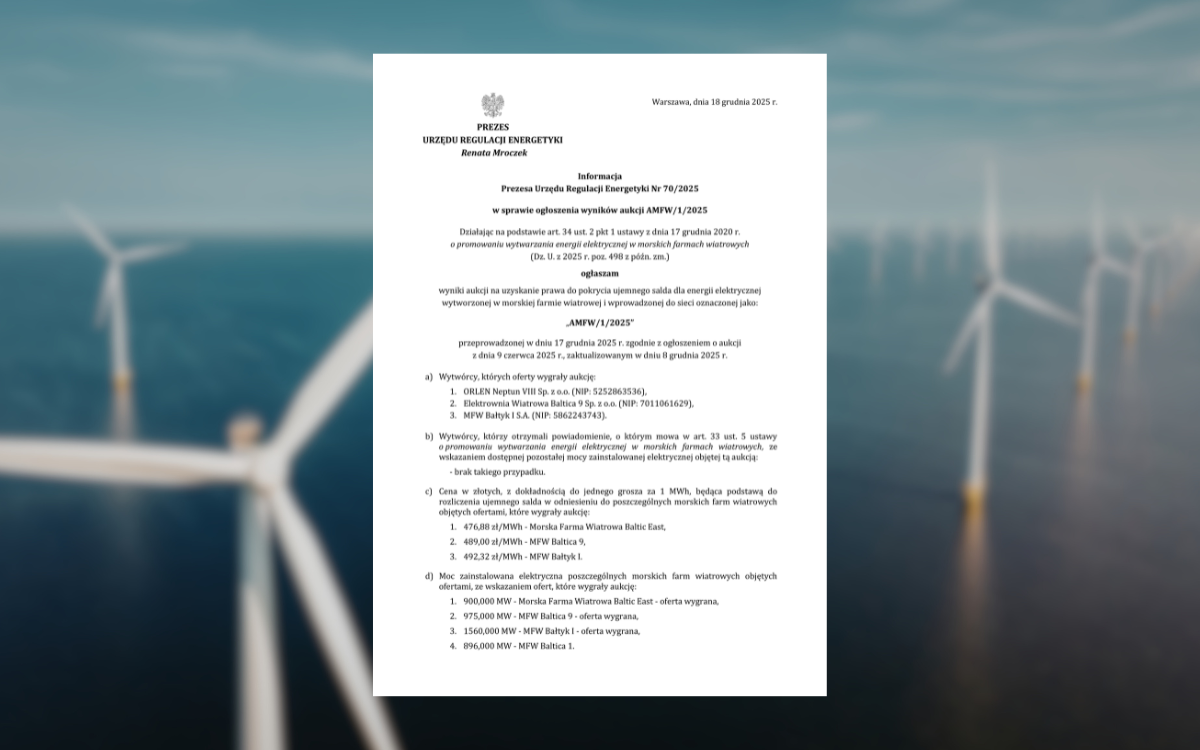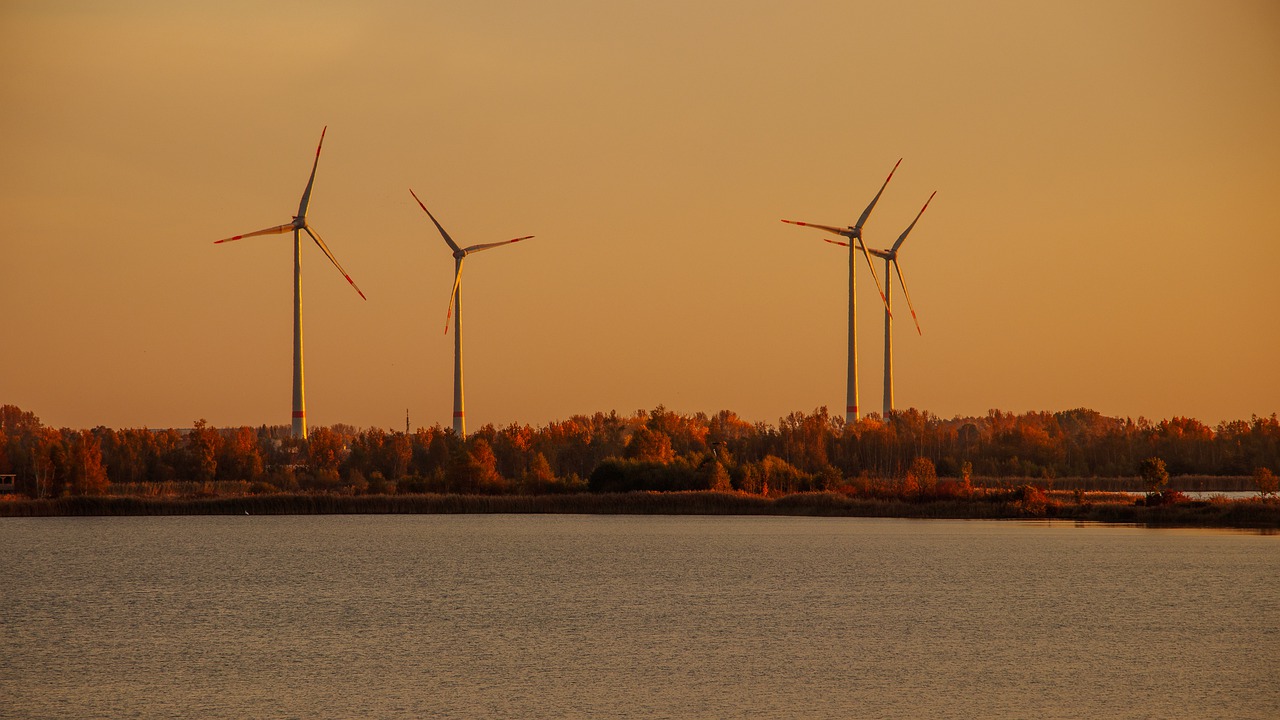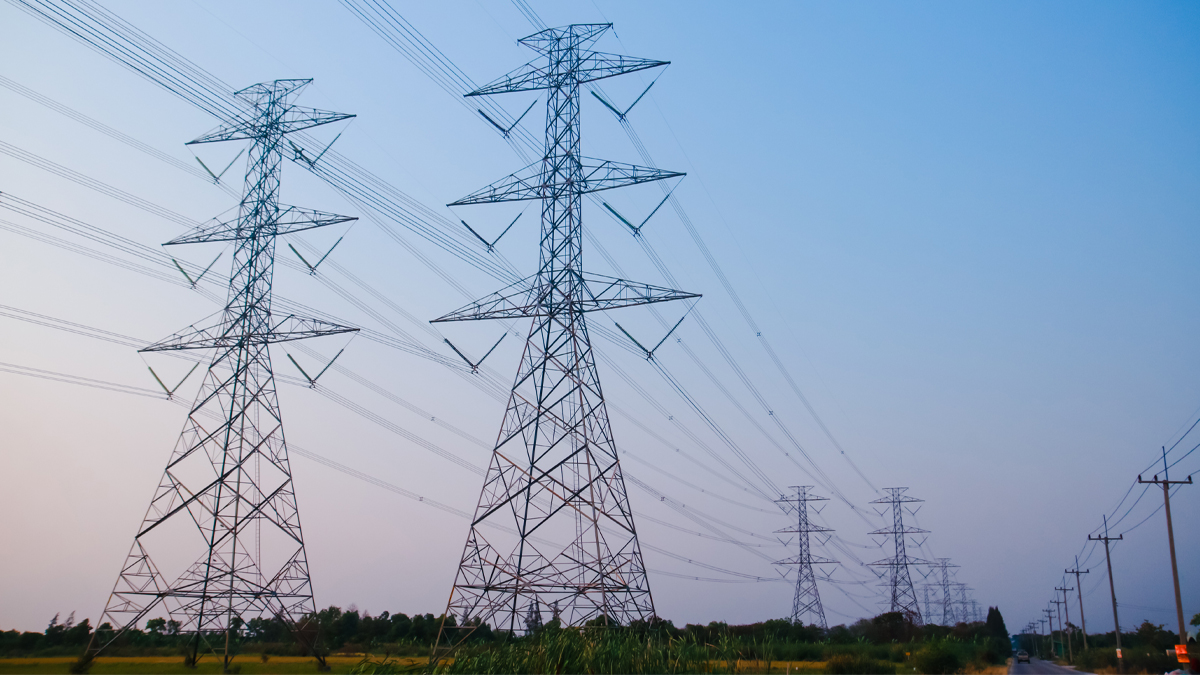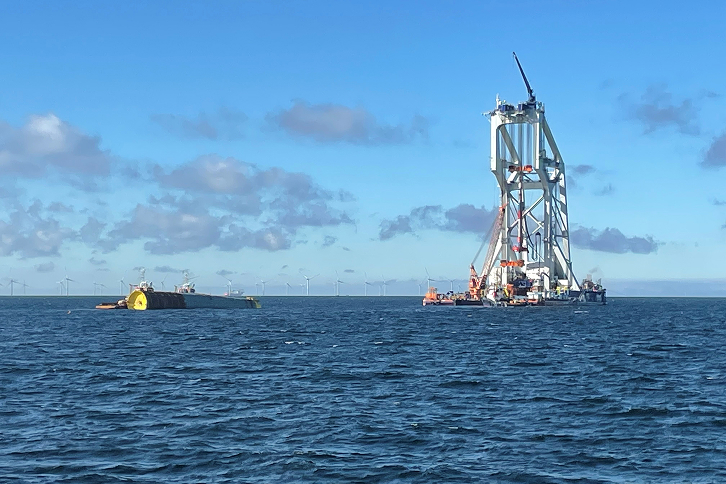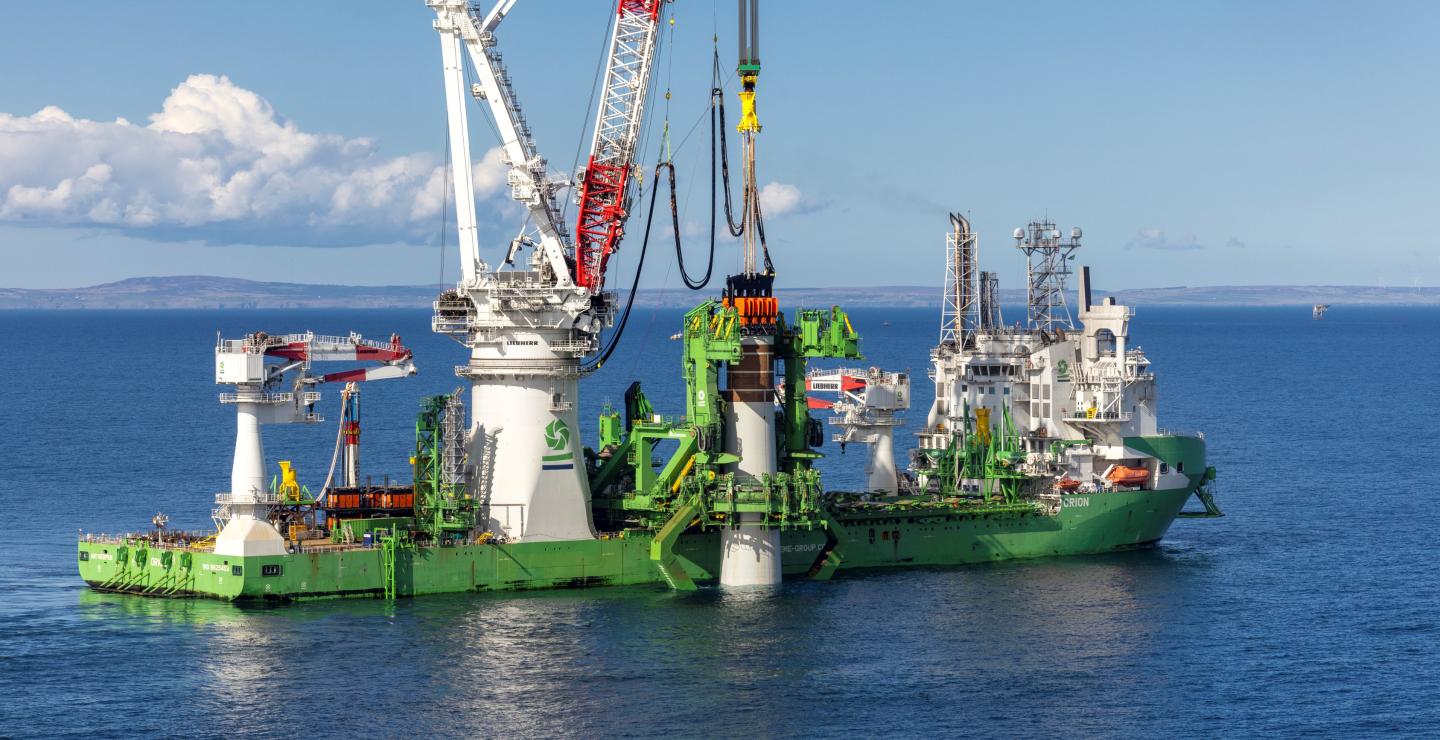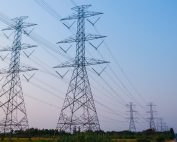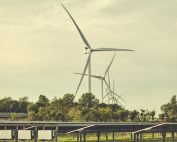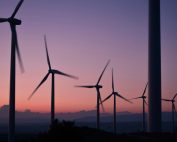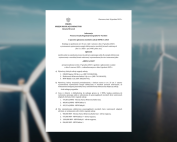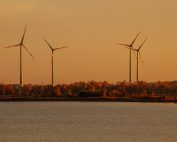The Liivi Bay offshore wind farm, developed by Enefit Green, has undergone an environmental impact assessment. The expert group identified that, with the implementation of appropriate mitigation measures, the farm has no significant negative impacts on the natural and human environment and promotes labor market activity and increases municipal revenues.
The expert group from Skepast and Puhkim analysed the environmental impact of three different alternatives. The variants differed in the number and capacity of the turbines.
According to Veronika Verš, the lead expert at Skepast and Puhkim, the report confirms that with the application of mitigation measures, the Liivi Bay offshore wind farm does not significantly negatively impact the environment.
“The impact was assessed by over 45 professionals from both Estonia and abroad. In addition to thorough environmental studies, socio-economic and visual impacts, noise, and vibration effects were evaluated,” said Verš. “A wind farm consisting of turbines with higher unit capacity but fewer in number should be preferred.”
Johann-Gustav Lend, head of offshore wind energy at Enefit Green, noted that the Liivi Bay offshore wind farm would cover half of Estonia’s current electricity consumption and boost economic development.
“The offshore wind farm accelerates the transition to climate-friendly and low-emission energy production, ensures affordable energy prices, and reduces Estonia’s dependence on electricity imports,” said Lend. “At the same time, it should be noted that this is a large investment, and its realization requires the existence of price certainty mechanisms for electricity, as financing such a farm solely on a market basis is not possible.”
The offshore wind farm would create approximately 260 construction-phase jobs and 100 long-term stable jobs in Pärnu County. Additionally, local municipalities in the vicinity would benefit, with the amount of compensation depending on the electricity price. For example, at an electricity price of €50/MWh, the compensation would be over €700,000 per year.
The report has been submitted to the Consumer Protection and Technical Regulatory Authority (TTJA). After review, TTJA will publish the report and announce the time for a public discussion. Local municipalities and communities were introduced to the impact assessment study results at information days held this spring and autumn.
The Liivi Bay offshore wind farm is planned to consist of up to 84 turbines with a total capacity of 1000 MW, with an annual electricity production of up to four terawatt-hours. The farm’s location is in the Gulf of Riga, 11 km from Kihnu Island and 16 km from Häädemeeste. The expected construction period for the offshore wind farm is 2028–2030.
Source: Enefit Green
